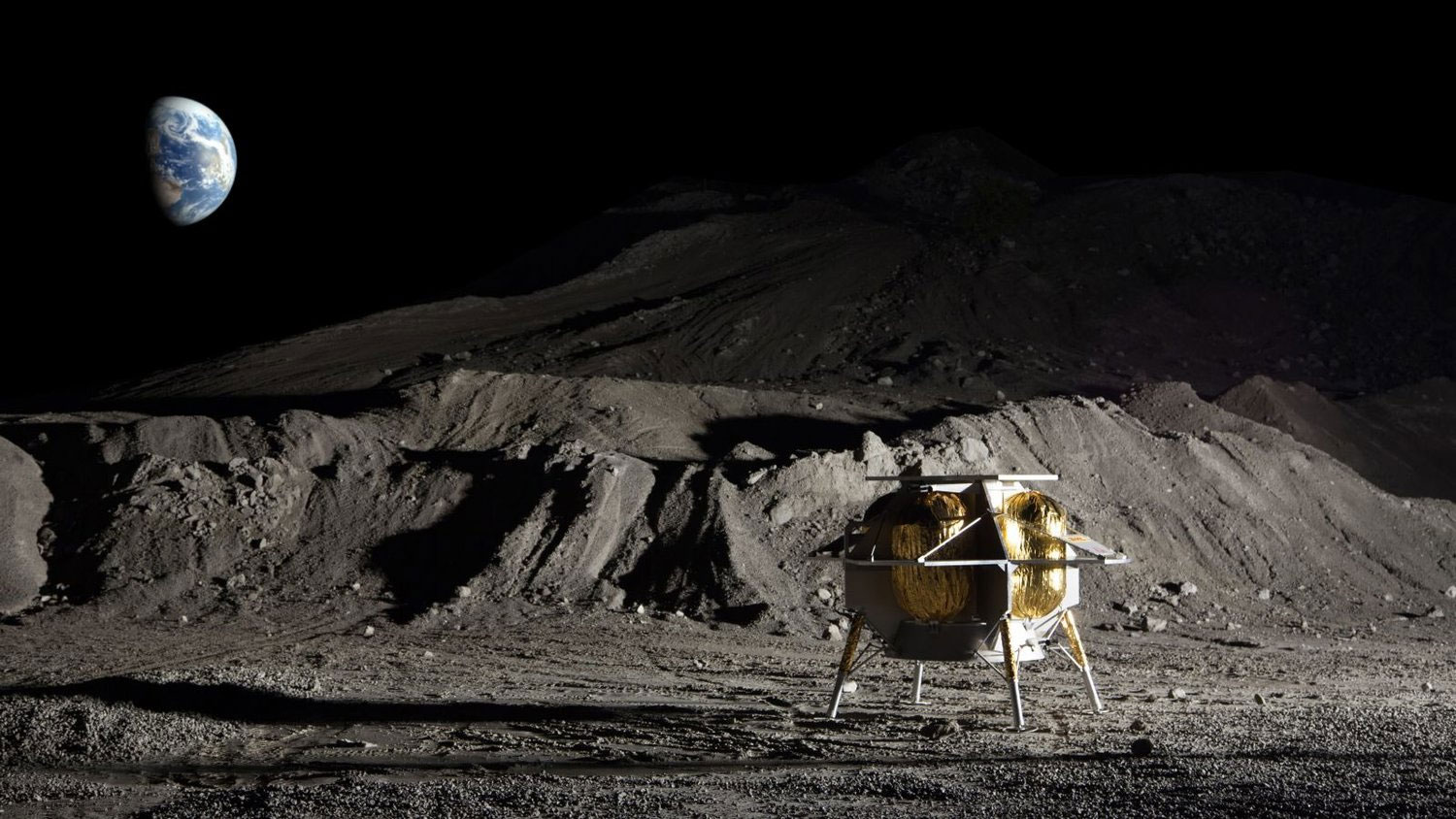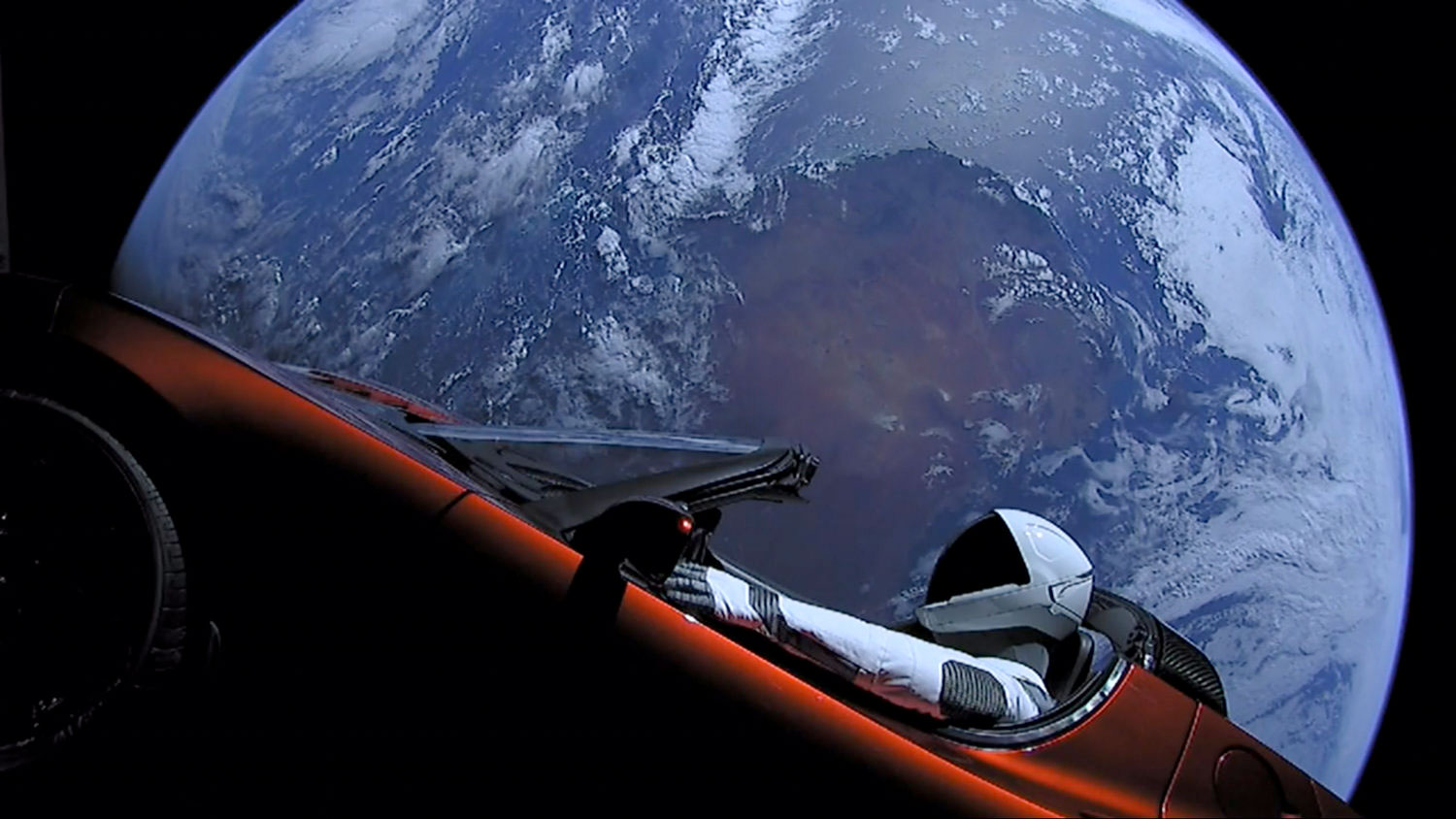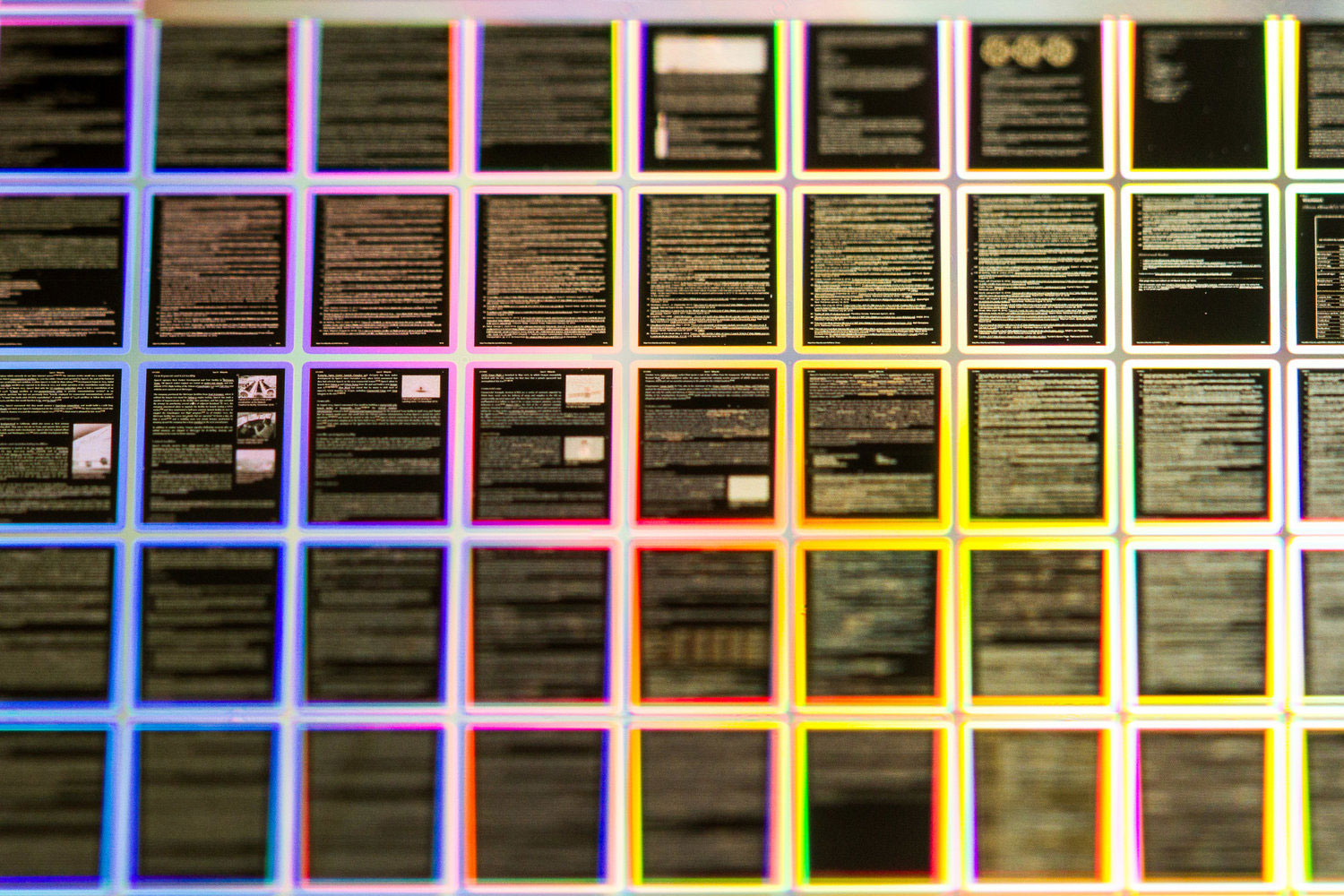Billion-Year Data Archive Goes Multi-Planetary: Next Stop, Mars
Archive of human civilization begins solar system-wide distribution as a “planetary insurance policy.”

The Earth has an abundance of life, culture, and civilizations, but no one knows what tomorrow will bring. So, perhaps the venerable 3-2-1 backup strategy isn’t quite enough to entrust to an archive of humanity’s achievements and knowledge? Never fear; the Arch Mission Foundation (AMF) nonprofit organization was set up several years ago to distribute archives featuring the intellectual crown jewels of humanity, thus preserving it for a billion years in a multi-planetary storage archive. Its strategy centers on a solar system-wide distribution of human knowledge, which it describes as a “planetary insurance policy.”
With doomsayers increasingly foretelling WW III in recent months, you might find some solace in knowing that the AMF’s work is already well underway. It has designed the data storage media that will hold the precious billion-year archive materials, and there is already a nanofiche disc housing 30 billion pages on the moon and another in orbit inside the glove compartment of a Tesla Roadster. The next target for the AMF’s Earth knowledge dissemination project is Mars in 2025.

Looking more closely at the storage media, the AMF chose a development by NanoArchival. The so-called Nanofiche is claimed to be “space-grade, lightweight, highly durable, and efficient.” Importantly for the project, its longevity is touted to be as long as “billions of years.” That is in a best-case scenario in the cold vacuum of space, but Nanoarchival says that on the surface of the moon, this storage medium should be good for 50m years+, which is still better than the Earth’s surface, where it would be expected to last ‘just’ 10,000 years+.

A Nanofiche looks much like a conventional CD or DVD as it is a slim, silvery disc that is 120mm in diameter. Its 25 nickel film layers hold the data archives. A recent Blocks & Files report says AMF’s disc has been stuffed with a comprehensive mix of analog and digital data. Specifically, the top four layers of the disk contain over 60,000 pages which can be read via a 150 to 200X microscope. Meanwhile, the remaining 21 layers contain 100 GB of digital data, which can be uncompressed to deliver 200 GB of content, making up about 30 million pages of information in total. Thankfully, the analog viewable section provides extraction specifications for the larger digital library.
You may be interested to know what is stored on the Nanofiche discs currently being fired out into the solar system for aliens or future earth-based civilizations to discover. The answer is apparently the whole of the English language version of Wikipedia, plus tens of thousands of PDF books across multiple genres from Project Gutenberg, and many more. In future editions of the billion-year archive, more / newer knowledge will be added, possibly on multiple discs, and sent to an increasing number of out-of-this-world locations.

To keep up to date with the progress of the dissemination of Earth’s rich culture and knowledge, keep an eye on the organization’s mission page. Upcoming projects will put ‘Arch Libraries’ on Mars (ETA 2025), and in L4 and L5 orbital locations (2027).
Get Tom's Hardware's best news and in-depth reviews, straight to your inbox.

Mark Tyson is a news editor at Tom's Hardware. He enjoys covering the full breadth of PC tech; from business and semiconductor design to products approaching the edge of reason.
-
usertests What we really need is some kind of next-gen optical/holographic cold storage format that can hold hundreds of terabytes with no degradation and be sold at consumer-friendly prices. Let millions of people around the world do the archiving.Reply
That could also be sent to other planets along with analog instructions on how to read the digital data formats. -
bit_user Somebody should de-orbit that Tesla Roadster. It's space junk, and as it undergoes space weathering, it's just going to create a lot more orbital debris.Reply -
bit_user I think a great way that humanity could repay the planet for all the damage we're doing is if we could prevent the next large-magnitude extinction event. Of course, in order to do that, we need to figure out how to sustain human & other life on our planet until then. The next thing we should do is set our eyes on spreading Earth-bound life to other bodies devoid of their own life, but until we can learn to live together and within finite resources, any such project (at scale) is doomed.Reply
I once heard a claim that resonated with me, and I'm pretty sure it's true: the least hospitable place on the surface of the Earth is more habitable than the next-most hospitable place in the solar system. Terraforming Mars looks completely infeasible for multiple, fundamental reasons. Even if we can make colonies on the moon and Mars self-sustaining, how long do you think they'll last? Maybe 10k years? That's a drop in the bucket, compared to even hominid life on Earth. There's really no getting around the fact that we need to figure how to make the life-sustaining capacity of the Earth last.
Hoping someone, someday finds an archive of our information is a nice idea, and better than nothing, but it's pretty small consolation. Also, I'll bet the project considered this, but I'd be worried about the nano-film getting degraded by cosmic rays and such. And then there's the risk of it getting buried by dust - maybe kicked up by meteor impacts, but Mars also has enough atmosphere to blow around the stuff.